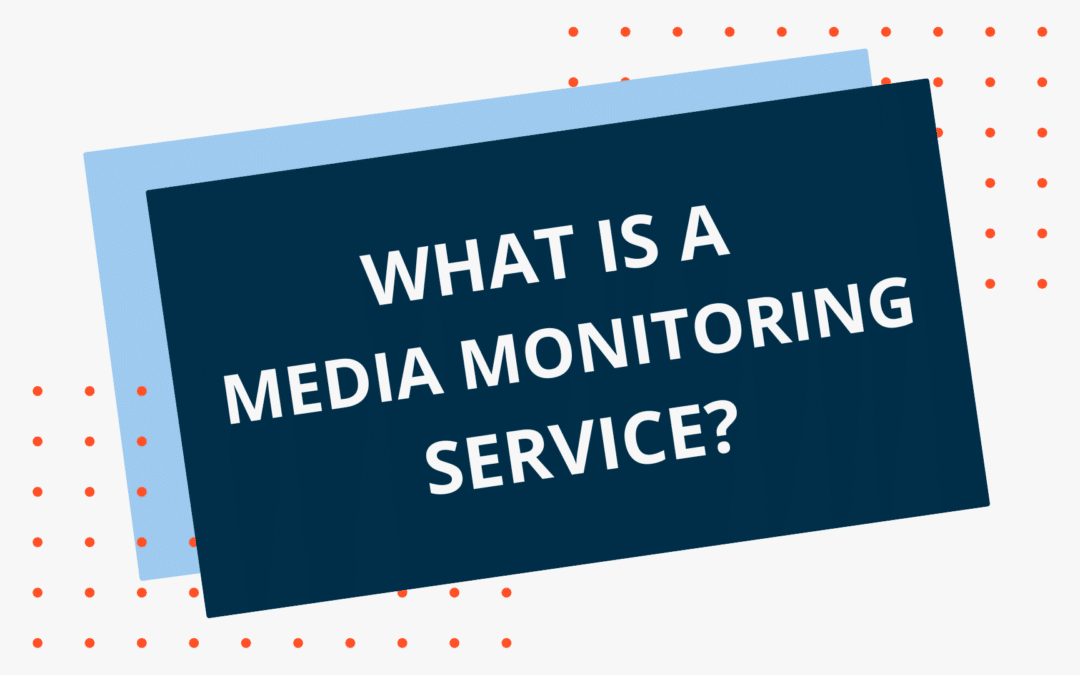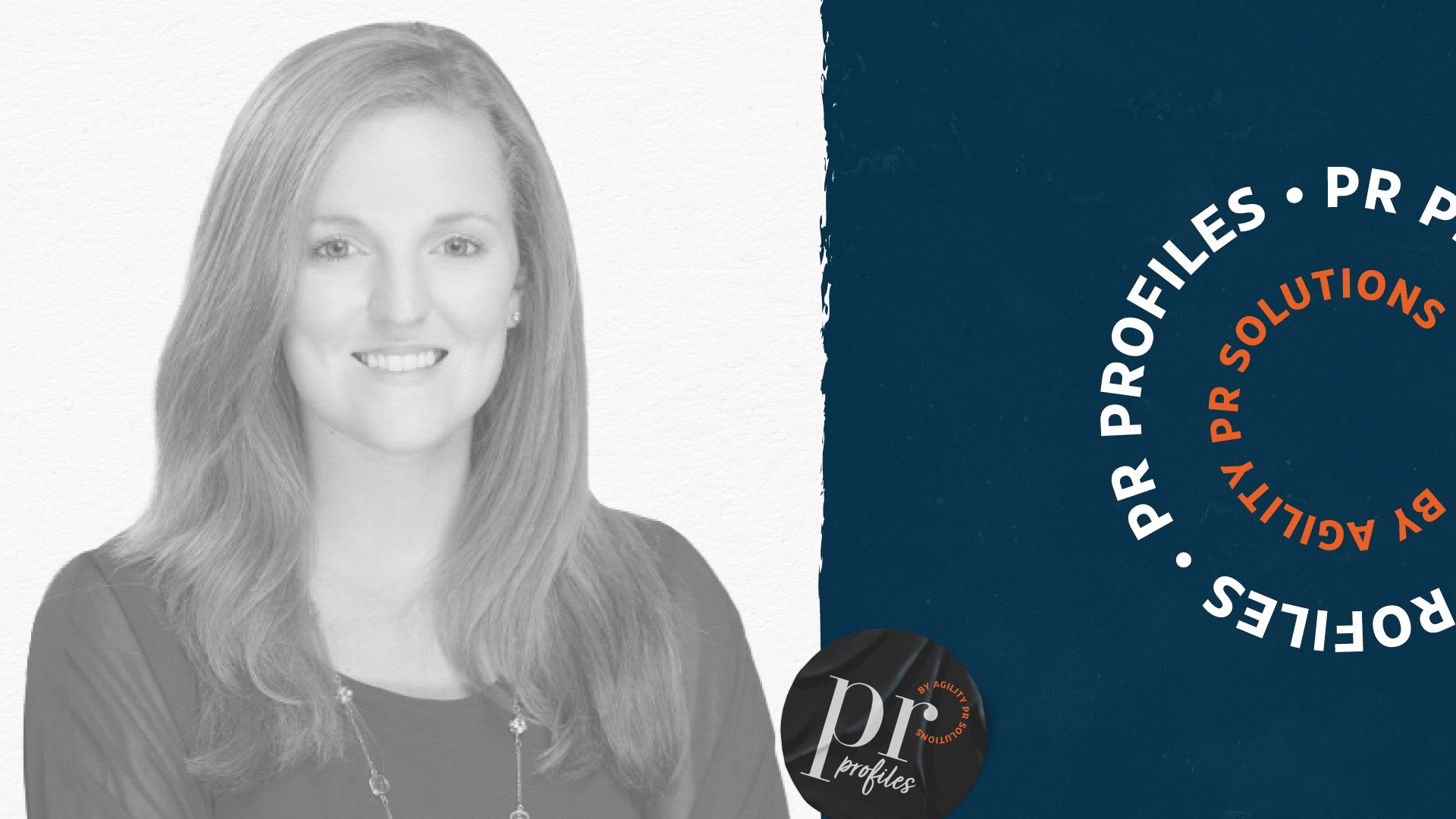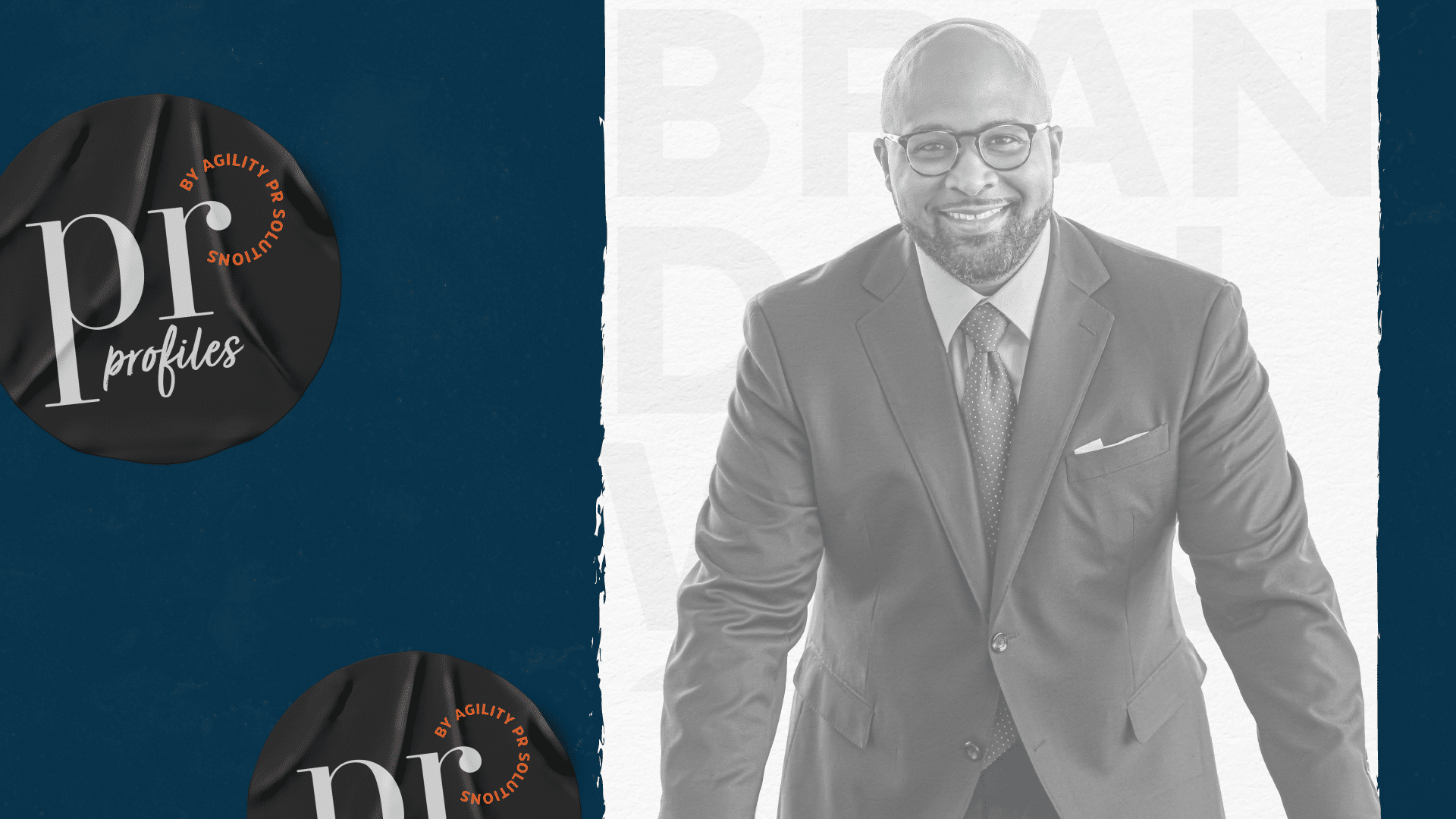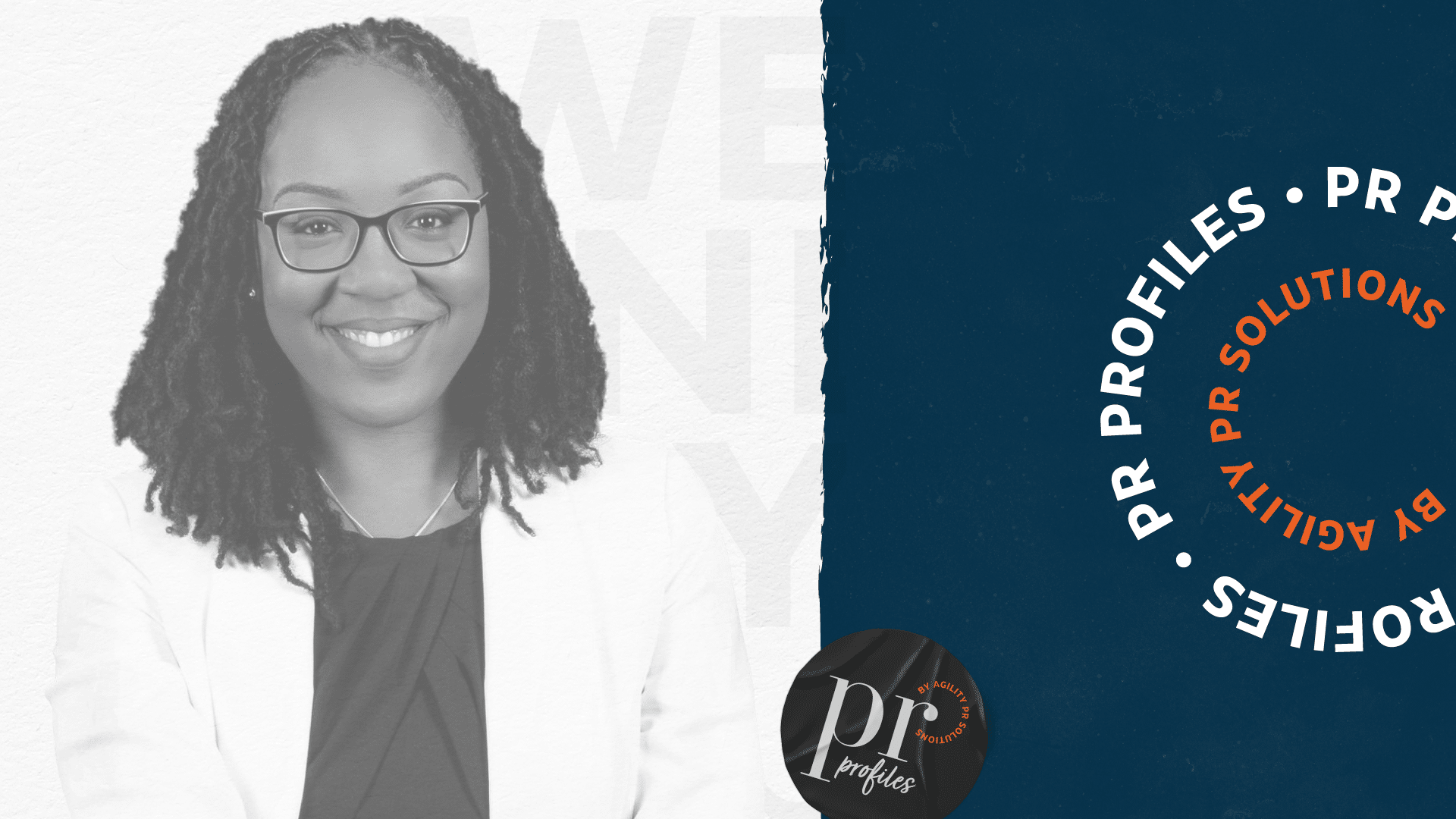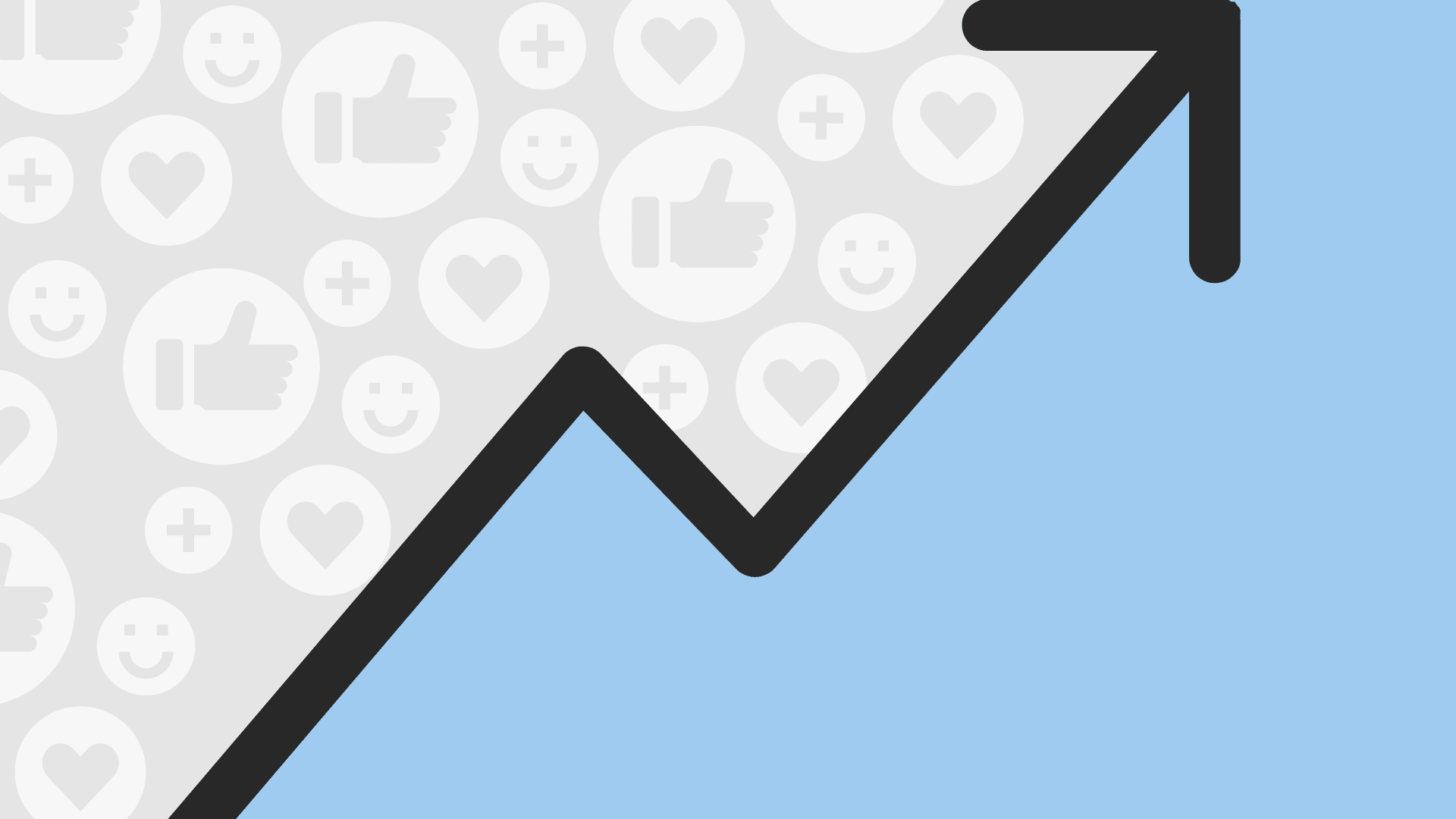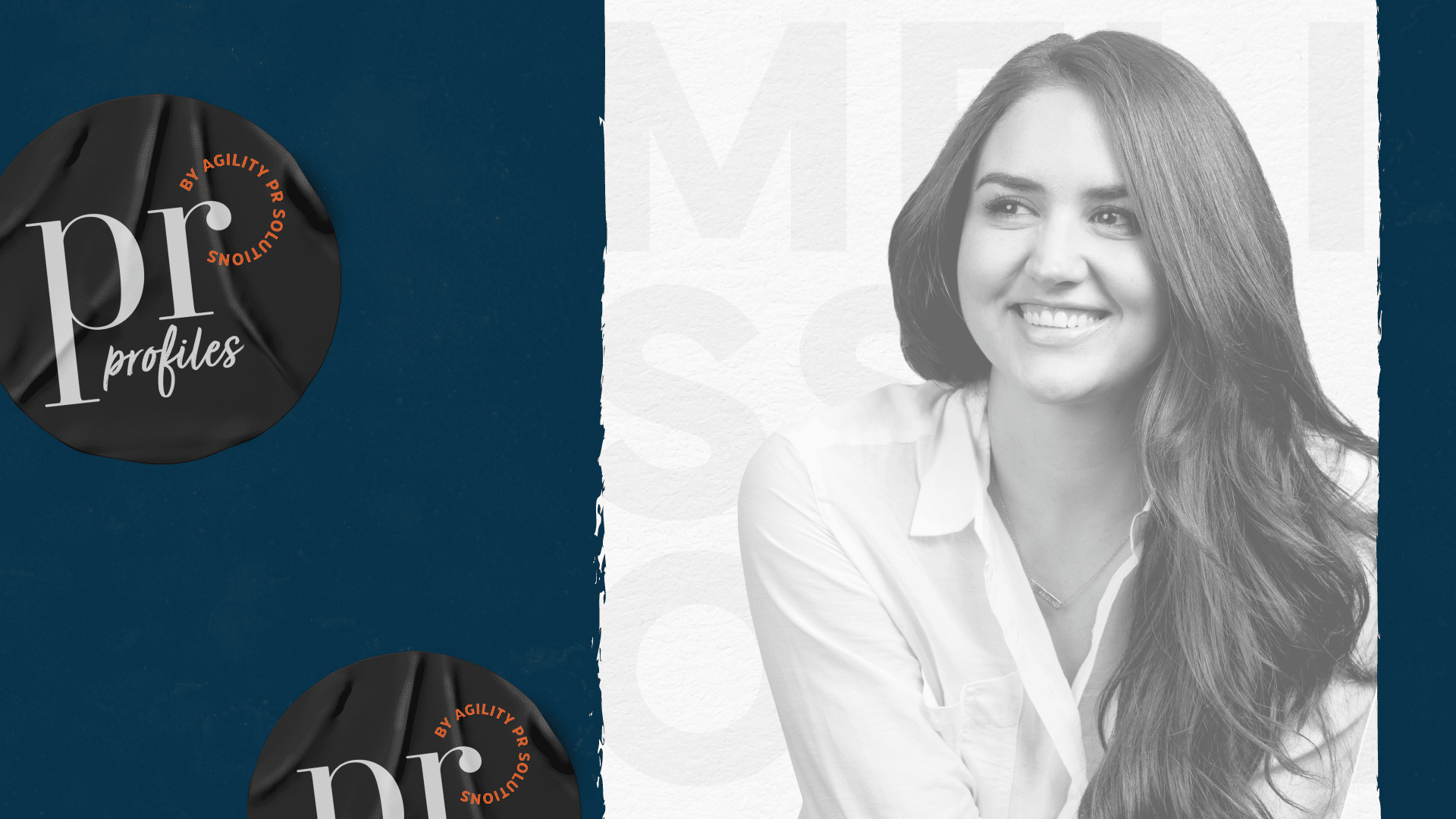Media monitoring is listening to who’s saying what about your brand, your competitors, your industry, and any other topic that’s important to you and your operations. Media monitoring typically includes print, online, broadcast, and social media. A media monitoring service uses your search parameters to find mentions of your brand across these aforementioned media channels and pull them into a feed so that you know who is talking about your brand, where they are talking about it, and what they are saying.
A media monitoring service falls under two categories: software or managed services.
Media monitoring software (self-serve or DIY)
Media monitoring software is a cloud-based solution that you set up (usually with the help of the vendor) and maintain yourself. It includes a dashboard, search functionality, coverage feed, the option for you to receive automated briefs and alerts, and integrated reporting capabilities that make it easy to share the results of your media monitoring efforts among stakeholders, such as clients or leadership.
While you can use free tools like Google Alerts to track online news mentions of your brand, we don’t consider this a media monitoring service as it only covers one type of media and does not allow for complex Boolean logic so you’re sure to miss a lot of relevant coverage. A paid media monitoring service will surface a lot more relevant coverage, allow you to be flexible in your monitoring needs, and will search a broader range of sources than just online news.
The self-serve option may be a little more time consuming and less in-depth than a managed media monitoring service, but it’s still a robust and reliable method of staying up to date on what’s happening in your media environment (which includes your industry and competitors) and tracking the results of your outreach.
Managed media monitoring services (curated)
When your monitoring needs are a little more extensive, it helps to have a personalized, fully managed service at your disposal—a provider who can be a partner rather than just a vendor.
If you’re working for a large organization that generates a lot of media coverage, or has complex monitoring needs, a managed media monitoring service will be the best fit. You fit into this category if you…
- Need someone to help separate the wheat from the chaff
- Want advanced analysis and measurement
- Care about quality of coverage, not just quantity
- Need someone to create custom reports that exactly meet your needs
- Trust sentiment analysis to a human, rather than software
A managed media monitoring service is also excellent when you don’t have the people or bandwidth on your team to spend the time regularly updating keywords and going through the coverage to ensure relevancy. Handing over those duties to a partner like Agility helps free up time that can be spent on strategy.
5 benefits of a media monitoring service
Whether you go the self-serve or curated path, the benefits of incorporating a media monitoring service in your PR and communications strategy are numerous. Here are just five examples:
Identify your biggest fans and your biggest detractors
Knowing who often supports your brand, and on the flipside, who doesn’t, will help you tailor your outreach strategy. After all, if you know Jane Doe at Example News Outlet frequently takes a negative view of your company no matter what you’ve done or announced, then you know that she’s likely not the best media contact to have on your list when it’s time to pitch your next story.
Have a holistic view of your brand and reputation
Public opinion is influenced by what appears in the media. Having a cross-channel view of what people are saying about you is essential to managing your brand reputation. You want to know what you’re doing right and what you’re doing wrong so that you can make an action plan to address any gaps in what you think your reputation is and what the public says it is.
Stay up to date on your industry
As important as it is, media monitoring isn’t just about keeping track of you or your clients. It is also an excellent way of keeping up to date on what’s happening in your industry—shifts in policy, supply chain disruptions, mergers, etc. And don’t forget to include your competitors! What they’re up to is important, because it may influence when you release a new product or break a story. After all, if they’re taking up all the media space, it’s probably best to wait until things quiet down before you take the stage.
Alert you about a potential crisis
When setup properly, a media monitoring service can help alert you to potential crises so that you can be proactive and either avoid the crisis all together or respond more effectively and efficiently.
It doesn’t just have to be your crisis either—observing how your competitors respond to a crisis and the outcomes of their approach can inform your crisis management strategy.
Measure your results
Now, the first way that a media monitoring service can help you measure your results is straightforward—it pulls in the mentions that you got because of your direct media outreach. But you can go deeper than that. Perhaps, you’ve been losing ground to your competition. Metrics like share of voice will help you see if your efforts to get your name out there are working. Perhaps you’re just coming out a crisis and public perception of your brand is currently poor—media monitoring that provides sentiment analysis can show you whether the percentage of negative articles is decreasing, increasing, or staying the same, informing your next steps.
These are just five benefits of investing in a media monitoring service. We’d love to tell you about the rest of them on a free personalized demo of Agility Monitoring.

